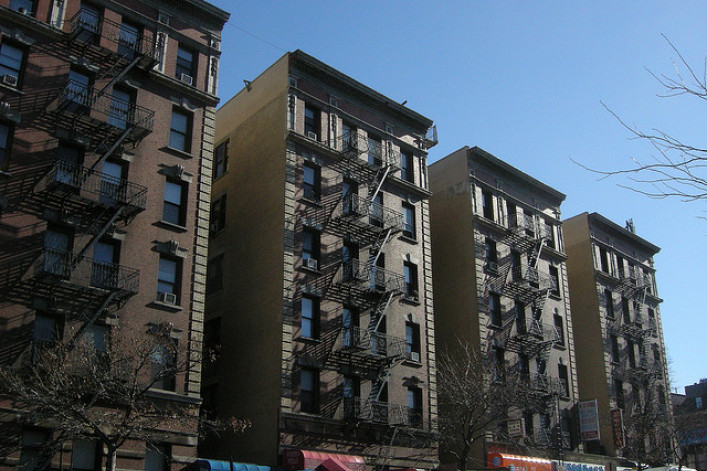Major myths about rent stabilization debunked

Unless you've been living under a rock, you've probably noticed that rent stabilization is a hot topic this week, as our lawmakers in Albany attempt to reach agreement on how to extend the (now-expired) rent laws that protect about 1 million rent-regulated apartments. But there are lots of misconceptions about rent stabilization. We clear up a few:
- It’s impossible to find a rent-stabilized apartment: It’s not easy, but it’s not hopeless, either. NYC lost nearly 153,000 rent-stabilized units between 1994 and 2012, but they do still exist. Nearly a million apartments fall under the program, housing 2.5 million people. In addition, a number of developers today are building affordable housing in exchange for tax breaks. Translation: Some new construction apartments are rent-stabilized, too.
- These units are old and falling apart: While many rent-stabilized units are in older buildings (and many a landlord has been known to skimp on repairs for renters not paying market-rate), that’s not always true. Since new rent-stabilized apartments are being built today thanks to city and state tax breaks, there are in fact a number of shiny new stabilized units on the market. Additionally, many renovated NYC buildings are rent-stabilized due to their owners receiving a J51 abatement—a tax break that landlords get for making significant improvements to a building.
- Rent-stabilized units are cheaper than market-rate units: Not always, actually. Some landlords charge a “preferential” rent that’s lower than what’s technically permitted because the legal rent would be too high for a given neighborhood. Approximately 26 percent of rent-stabilized housing is at this preferential rent. In many other cases, the rent is not far off from the market-rate.
- When your rent hits $2,500, the apartment will be destabilized: Not true. Apartments can be destabilized when the rent goes up to $2,500 a month, but only after the tenant moves out. The only exception is if you’re a current tenant and you make more than $200,000 a year for two years running and your rent hits $2,500 a month. If that happens, your apartment will be destabilized—even if you stay.
- Your rent is based on your income: Nope. Snagging a rent-stabilized place is all about luck and has nothing to do with how much you earn. But again, should you earn $200,000 a year for two years in a row and the legal rent of the apartment hits $2,500 a month, the unit will be destabilized.
For more, read “New Yorkers’ Biggest Misconceptions About Rent Stabilization.”
In Case You Missed It: Every so often, BrickUnderground digs through the archives to find the best advice our experts have shared through the years.
Related:
What's on the horizon for rent-regulated apartments?
Does Rent Stabilization = Golden Handcuffs?
Ask Sam: I Got a Job Offer Out of State. Can I Sublet My Rent-Stabilized Apartment?






















